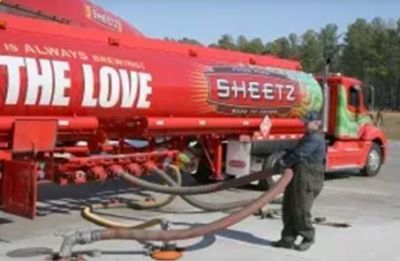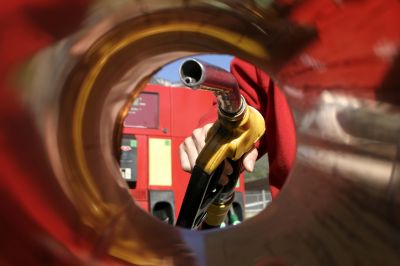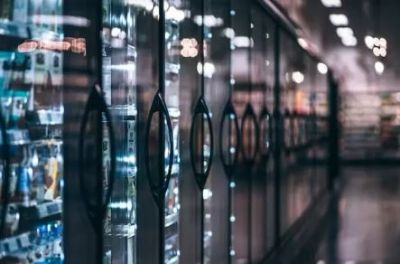The major difference between Class 1 Div 1, Zone 1 and Class 1 Div 2, Zone 2 IECEX certification is in the assumption of risk. Div 1 or Zone 1 assumes that hazardous gases are always present in the environment. Div 2 or Zone 2 assumes that hazardous gases may be present in the environment but are unlikely.
To achieve Div 1 or Zone 1 protection rating, a process analyzer must have a clean air purge system that keeps the enclosure under positive pressure. Additionally, if the pressure drops, an interlock must trigger which shuts off the analyzer and prevents the system from exposing the combustible gases to an electrical ignition source. The electronics cannot result until pressure is restored and for some amount of time. This is often referred to as an X-purge.
To achieve Div 2 Zone 2 protection rating, a process analyzer still requires a clean air purge. However, the airflow only must maintain positive pressure. If the pressure inside of the enclosure is lost the analyzer must alarm but may remain powered on to collect data. This is often referred to as a Z-purge.


